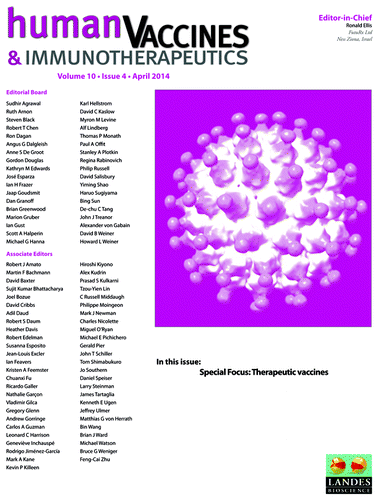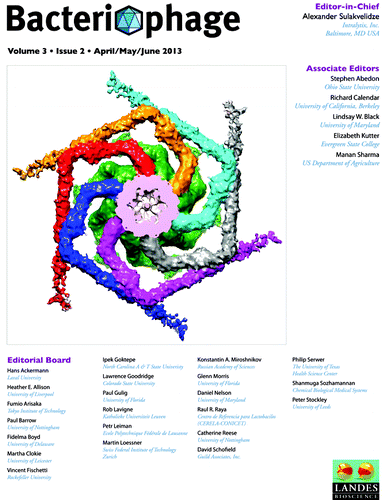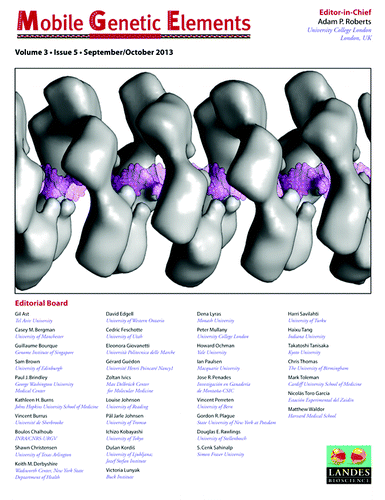Recombinant bacteria as a treatment option for bowel diseases
A recombinant Lactococcus lactis strain delivering the anti-inflammatory cytokine IL-10 under a stress inducible promoter was tested in a murine model of irritable bowel syndrome (IBS). IBS is a functional gastrointestinal disorder and is characterized by chronic abdominal pain and gut dysfunction. The stress inducible controlled expression (SICE) system used for heterologous expression of IL-10 might allow specific and local production and delivery of the protein. Administration of recombinant L. lactis was shown to significantly decrease interstitial hyperpermeability, decrease changes in apical junction proteins, decrease systemic and mucosal pro-inflammatory cytokine production, and restore T-cell variations and colon serotonin level variations. The authors conclude that the successful use of an IL-10-producing strain to treat a micro-inflammation status suggests a possible role for this type of therapy in the future ().
Phage therapies: an alternative to antibiotics?
Alexandra Henein summarizes the current medical use of phages. With resistance to antibiotic treatment becoming more and more widespread, there is an obvious need for alternative treatment options. As phages are abundant in the environment, humans are constantly exposed to them topically and enterically. While phages have been used therapeutically in several parts of the world, to date, toxicity studies using therapeutic doses and routes have not been published. A further hindrance to the development of phage based therapies is that full patent protection cannot be gained for unmodified phages. Also, the regulatory status of a medical phage product in the EU is unclear: if phages are considered “biological medicinal products” (Commission Directive 2001/83/EC), clinical trials will need to be conducted for each phage strain which might not be needed if phages are regulated as “advanced therapy medicinal products” (Commission Directive 2003/63/EC).
The author of this review concludes that failing to pursue the avenue of phage therapy may become unacceptable in the public eye if patients die of infectious diseases that might have been curable with phage ().
Toxin-antitoxin systems
The authors describe different toxin-antitoxin (TA) systems with biotechnological applications, including their strengths and weaknesses—for instance, selection of insert containing plasmids, counteracting expression plasmid loss during fermentation without the need for antibiotics, or counteracting gene silencing in eukaryotic cells.
TA systems are small genetic elements composed of a toxin gene and its cognate antitoxin. The first TA system was described 30 years ago, and, through exhaustive homology searches and novel bioinformatic approaches, more than 10 000 (putative) TA modules are known today. In this review, the authors provide a brief description of how TA systems are composed at the molecular level and highlight novel findings relating to the action of TA toxins on their cellular targets, as well as discussing the various functions proposed for TA systems ().
References
- Martín R, Chain F, Miquel S, Natividad JM, Sokol H, Verdu EF, Langella P, Bermúdez-Humarán LG. Effects in the use of a genetically engineered strain of Lactococcus lactis delivering in situ IL-10 as a therapy to treat low-grade colon inflammation. Hum Vaccin Immunother 2014; 10; http://dx.doi.org/10.4161/hv.28549; PMID: 24732667
References
- Henein A. What are the limitations on the wider therapeutic use of phage?. Bacteriophage 2013; 3:e24872; http://dx.doi.org/10.4161/bact.24872; PMID: 24228220
References
- Unterholzner SJ, Poppenberger B, Rozhon W. Toxin-antitoxin systems: Biology, identification, and application. Mob Genet Elements 2013; 3:e26219; http://dx.doi.org/10.4161/mge.26219; PMID: 24251069



